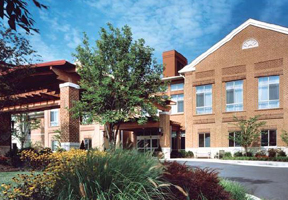Tuesday, May 28, 2013
Nutrition Communications: Pyramid to Plate
Thursday, May 23, 2013
Experiences in Pediatrics
Today was my last day at Children’s National Medical Center (CNMC) in Washington, DC, and what a fantastic experience! Throughout these past two weeks, I worked with four dietitians specializing in varying areas of pediatric nutrition. This week I rotated through the oncology/hematology and bone marrow transplant units. It was truly incredible to see physicians, surgeons, nurses, dietitians, pharmacy, speech pathologists, physical therapists, music therapists, art therapists, and others working together to provide the absolute best treatment for these patients. Rounds with the attending, fellow, residents, pharmacy, and nurses provided an incredible learning experience each morning. The best part of everyday, however, was seeing these patients and watching them progress towards health.
Last week at CNMC, I spent time on the cardiology floor and the cardiac intensive care unit. I was exposed to varying diseases and conditions specific to pediatric patients. Most of these patients had some form of congenital heart defect (CHD) which is a heart abnormality present at birth. These patients require special medical and nutritional care. Most of these patients have very elevated nutritional needs, and some receive oral, enteral, and parenteral nutrition simultaneously to meet their metabolic demands. During this week I chose a case study patient to assess, develop a plan of care, and follow-up with. I used this experience to research more about CHD and its impact on growth, development, and nutritional status in infants.
Because today was my last day, I presented my findings and case study to the other dietitians at CNMC. Overall, I learned so much more then I had anticipated. I found that I actually really enjoyed working with the pediatric population, and I am so grateful for this experience
Below are a few screen shots of my presentation.








